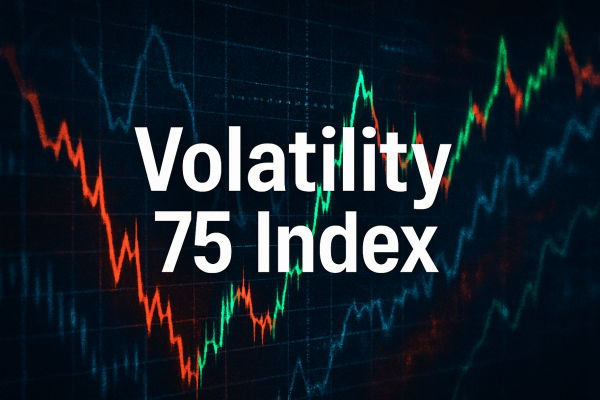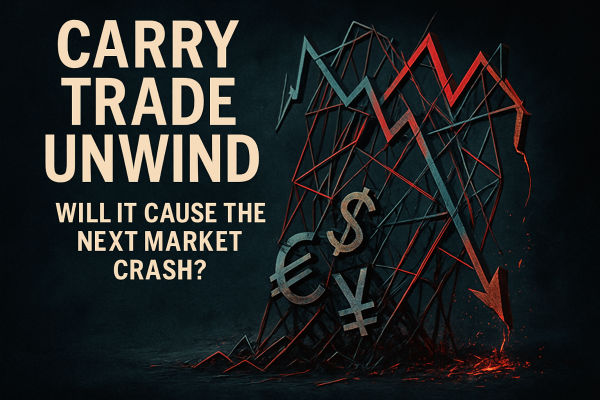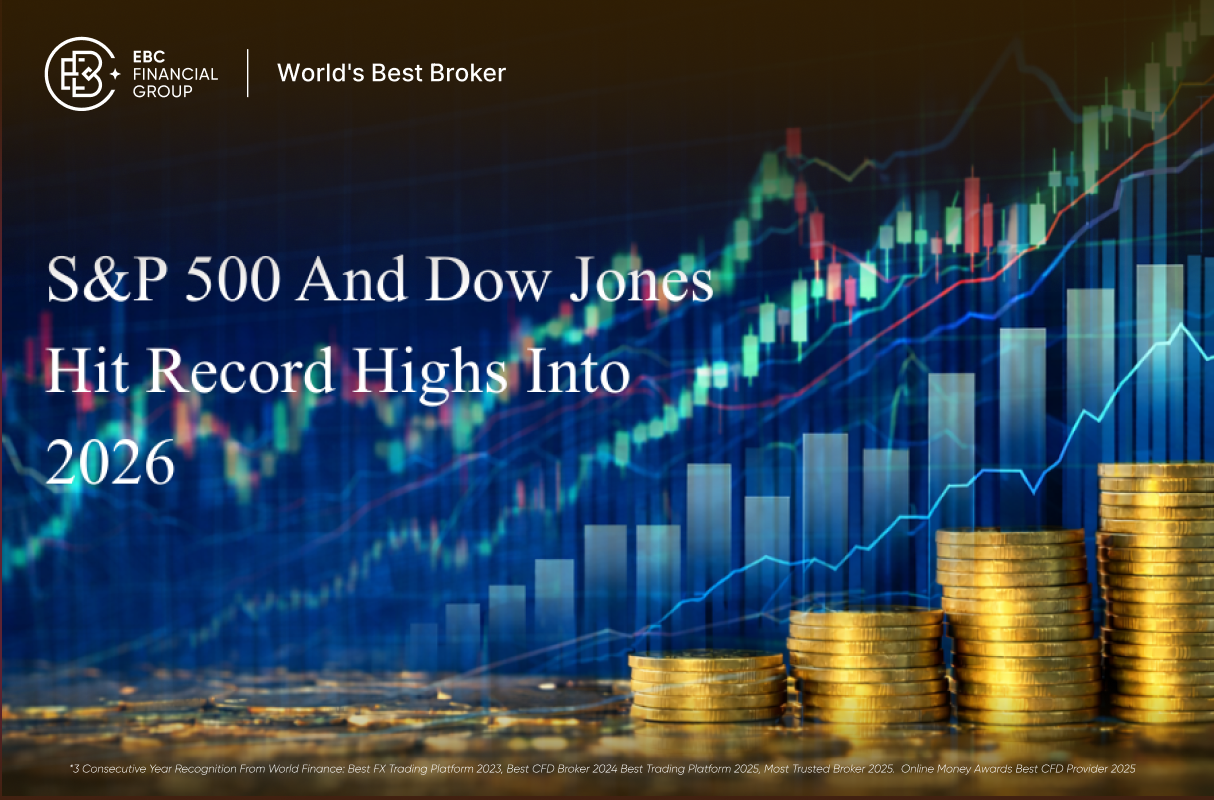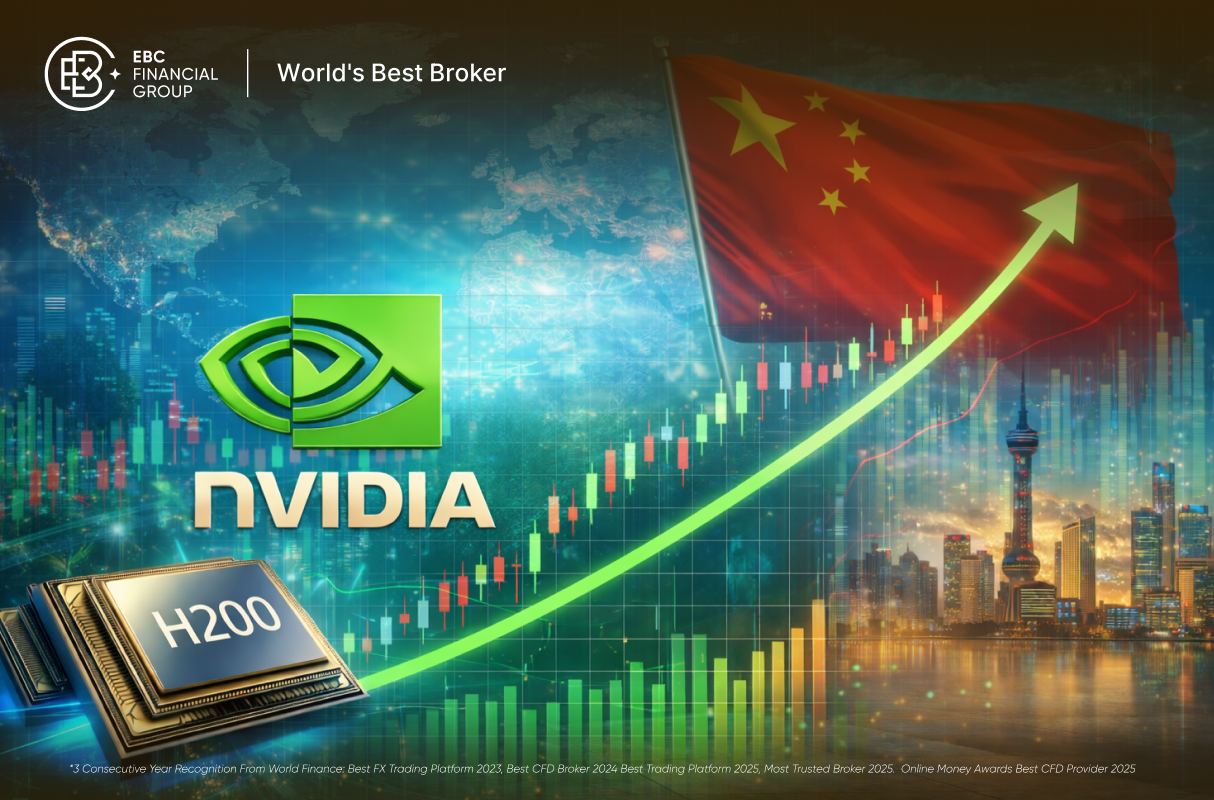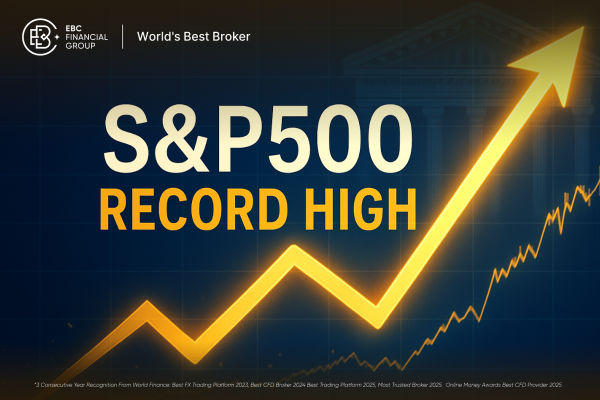The volatility 75 index, often called VIX 75, has earned a reputation as one of the most dynamic and high-energy trading instruments available. It is not tied to a real-world stock market or currency, but is instead a synthetic index that measures a constant level of volatility—around 75%—making it a favourite for those who seek quick price movements and the potential for significant profits. Traders around the world, from beginners intrigued by fast-moving markets to experienced professionals chasing higher returns, are drawn to the unique behaviour of this index. Yet, as with all high-risk assets, the same volatility that creates opportunity can also lead to rapid losses.
In this article, we will break down five critical aspects of the volatility 75 index that every trader should understand before committing capital. From its 24/7 availability to its sharp intraday moves and independent nature, we will explore why it’s a magnet for thrill-seekers in the financial markets, and why risk management is absolutely essential.

1. Understanding the Volatility 75 Index’s Nature
The volatility 75 index is a market simulator designed to reflect constant volatility levels. It is not influenced by company earnings reports, geopolitical events, or traditional economic data in the same way as stocks or currencies. Instead, its price movements are generated to mimic the behaviour of markets experiencing consistent, high volatility.
This design means traders can expect frequent and often dramatic price swings, with sharp movements in both directions occurring within minutes. Because of its synthetic nature, the volatility 75 index can be traded year-round without the seasonal or holiday interruptions that affect other financial instruments. This constant availability makes it appealing to those in different time zones, as there is always an opportunity to trade. However, it also requires discipline, as the absence of a market close can tempt traders into overtrading and ignoring the importance of rest and analysis.
2. The 24/7 Trading Advantage and the Discipline It Demands
Unlike equities or commodities that operate within specific hours, the volatility 75 index is available 24 hours a day, seven days a week. This non-stop trading environment offers unparalleled flexibility, allowing traders to fit trading around other commitments or to take advantage of opportunities as they arise.
However, this round-the-clock accessibility is a double-edged sword. The constant temptation to enter positions can lead to overtrading, which is one of the fastest ways to deplete an account. Without a structured plan, traders may find themselves reacting emotionally to price swings rather than sticking to well-defined strategies.
3. Extreme Price Movements: Opportunity and Risk
The defining feature of the volatility 75 index is its ability to produce massive price moves in short timeframes. Scalpers and intraday traders often thrive in this environment, as it allows for multiple trade opportunities within a single session. However, these same movements can just as quickly wipe out gains if risk controls are not in place.
The leverage available on the volatility 75 index amplifies this risk. Even a small position can generate large profits or losses, depending on market direction. For this reason, traders must be meticulous about position sizing and protective stop-loss levels. A common mistake among new traders is to increase their position size after a win, chasing larger profits without considering the higher risk exposure.
The most effective way to approach the volatility 75 index is to think of it as a high-performance vehicle—capable of incredible speed, but dangerous if not handled with skill and respect. Those who learn to manage its power can benefit from substantial rewards, while those who underestimate its risks often face rapid account depletion.
4. Independence from Real-World Markets
One of the most intriguing aspects of the volatility 75 index is its independence from real-world economic data. Traditional assets like stocks, commodities, or forex pairs often move in response to news events, central bank announcements, or earnings reports. The volatility 75 index, on the other hand, follows a programmed volatility model, meaning its behaviour is not directly influenced by such factors.
This independence can be beneficial for traders seeking diversification. For example, during periods when global equity markets are calm and trending slowly, the volatility 75 index can still exhibit significant movement. This creates opportunities even in otherwise quiet market conditions.
5. The Non-Negotiable Role of Risk Management
If there is one lesson every volatility 75 index trader must learn, it is that risk management is not optional. The very quality that makes the index attractive—its volatility—is also the reason it can be so destructive to unprepared traders.
Effective risk management starts with a clear understanding of one’s risk tolerance. Traders should decide in advance how much of their capital they are willing to risk on each trade and adhere to that limit without exception. This discipline extends to avoiding the temptation to “double down” after a loss or to remove a stop-loss order in the hope that the market will reverse.

Building a Strategy for the Volatility 75 Index
A well-defined strategy is critical when trading the volatility 75 index. Because it is not driven by fundamental factors, most traders focus on technical setups. This might include moving averages to determine trend direction, momentum oscillators to spot potential reversals, or support and resistance levels for identifying entry and exit points.
Final Thoughts: Is the Volatility 75 Index Right for You?
The volatility 75 index is not for everyone. Its extreme price movements, high leverage potential, and 24/7 nature demand both technical skill and emotional discipline. For those who thrive on fast-paced markets and have the patience to develop a solid trading plan, it can be a rewarding addition to a portfolio.
However, traders must approach it with a clear understanding of the risks involved. The same features that offer high potential returns also carry the potential for substantial losses. By starting small, respecting risk management principles, and continuously refining their strategies, traders can navigate the challenges of this unique index.
Disclaimer: This material is for general information purposes only and is not intended as (and should not be considered to be) financial, investment or other advice on which reliance should be placed. No opinion given in the material constitutes a recommendation by EBC or the author that any particular investment, security, transaction or investment strategy is suitable for any specific person.
